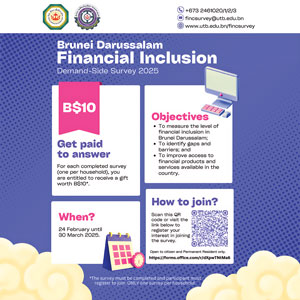Will the United States (US) dollar remain as the world’s dominant and, by some measures, the most expensive currency? In an increasingly charged geopolitical world, this question has become more and more part of the financial market discussion following several years of sizeable US dollar strength. Speculation about a possible ‘Plaza Accord’-style agreement to weaken the dollar has added fuel to the fire. Should investors worry?
We believe one way to answer these questions is to separate the structural dominance of the US dollar from the question about valuation, which is a more cyclical question.
The US dollar continues to be the most dominant currency from both a trade and store-of-reserve perspective. While the dollar’s share has admittedly reduced in recent decades on both fronts, data from the Bank for International Settlements (BIS) shows the greenback’s share in payment for global trade remains significant, as does its share as a global central bank currency reserve. To an extent, this is not surprising.
Currency valuations, by themselves, can tell us little about the 12-month outlook. On a multi-year horizon, though, it does suggest the US dollar is more likely to moderate than continue moving towards ever higher valuations. Similar moderations in value were observed in the second half of the 1980s and the 2000s.
A softer dollar is likely to help US President Trump’s efforts to cut the US’ large trade deficit. In theory, a more moderately valued US dollar would help rebalance the country’s trade balance by making imports more expensive and exports more competitive. The internationally orchestrated devaluation of the dollar through the 1985 Plaza Accords followed a similar train of thought.
Against this backdrop, many investors feel the need to ‘do something’. However, some context may help ensure any action (or lack thereof) is deliberate.
The most important takeaway for investment portfolios is that the ultimate currency exposure of your investment matters. For example, investing in the S&P500 index of US stocks means that you are already significantly exposed to non-US markets, given that about 40 per cent of the underlying revenue exposure of the index companies is sourced from outside the US. This creates a natural hedge. Similarly, many bonds may be denominated in US dollars, but the underlying income could depend on non-US dollar sources. Getting, and staying, invested in a diversified portfolio can often be one of the best mitigants against unexpected currency market volatility. This is something we can act on today.
(Manpreet Gill is Chief Investment Officer for Africa, Middle East and Europe at Standard Chartered Bank’s Wealth Solutions unit)
This article is for general information purposes only and whilst the information in it is believed to be reliable, it has not been independently verified by us. You are advised to exercise your own independent judgment with the contents in this article. – Manpreet Gill








